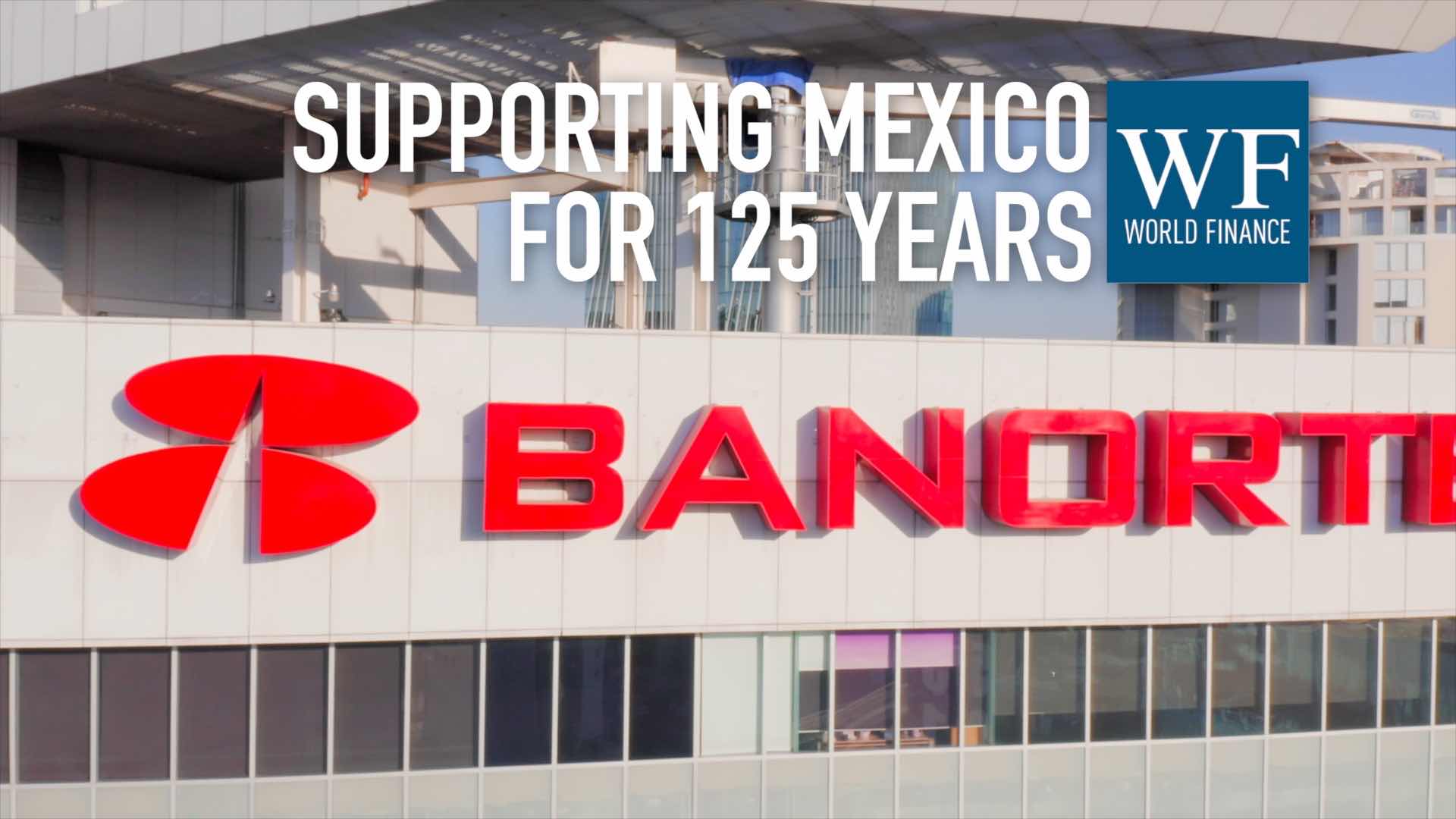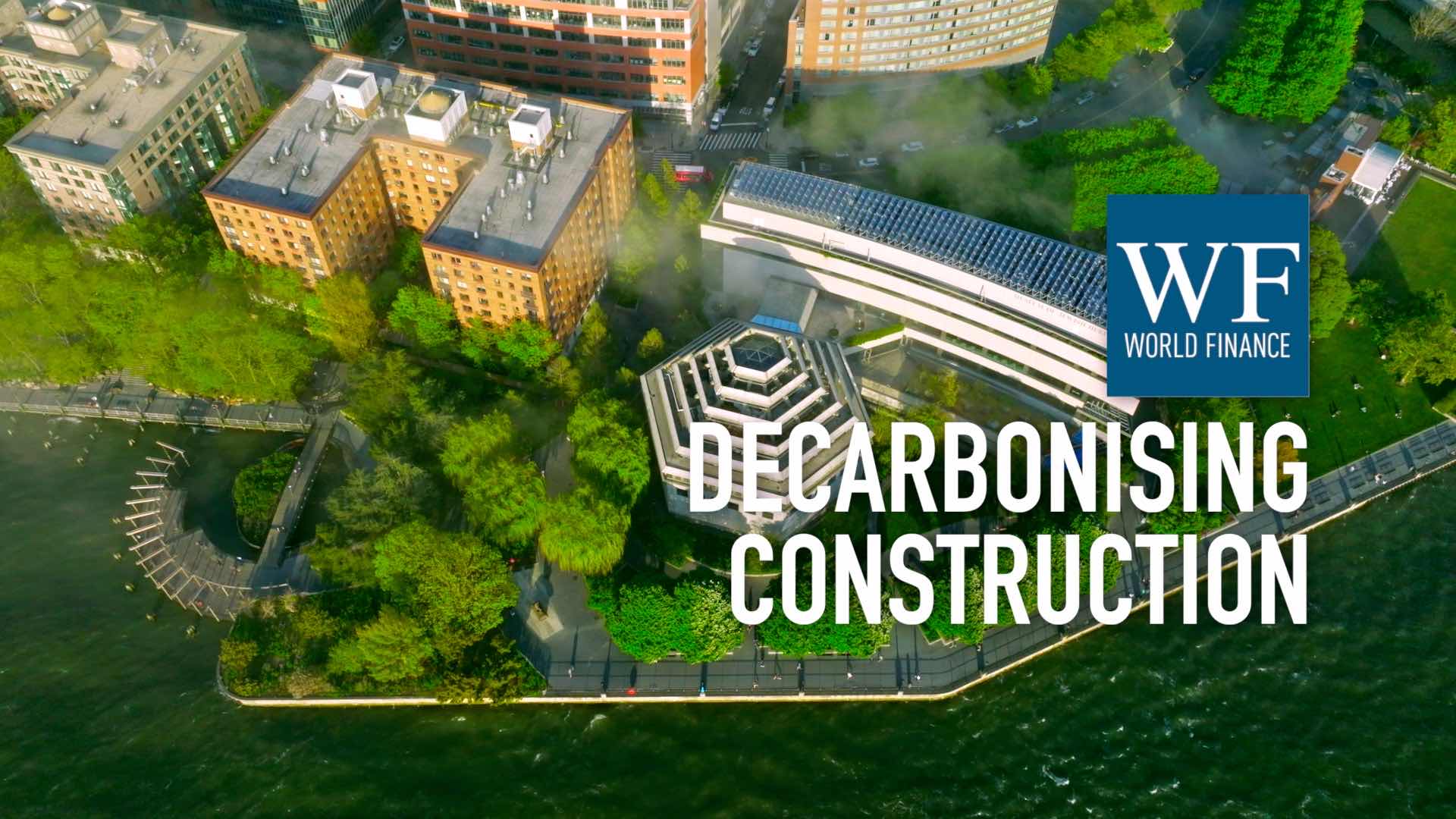Myanmar’s new government will spur even faster growth – KBZ Bank
KBZ Bank's Zaw Lin Aung says Myanmar's growth is only set to increase as San Suu Kyi's party forms Myanmar's new government
Related:
Transcript
Myanmar was closed off from the global economy only a matter of years ago. Yet today the country is starting to be seen as Asia’s last frontier. Zaw Lin Aung, Deputy Managing Director of KBZ Bank, discusses the progress Myanmar’s banking sector has made since 2010, and recommends four key industries for investment as Myanmar’s new government settles into power.
World Finance: Myanmar was closed off from the global economy only a matter of years ago. Yet today the country is starting to be seen as Asia’s last frontier. With me to discuss is U Zaw Lin Aung, Deputy Managing Director of KBZ Bank.
Well U Zaw Lin Aung, if I might start with Myanmar: this has opened dramatically in the past few years, so what sort of changes have you witnessed?
U Zaw Lin Aung: A new chapter in Myanmar history started in November 2010. Since then many developments have taken place in political governance and economic reform, aiming at increasing openness, empowerment, and inclusion after decades of authoritarian regime. And the foundations of open market economies are being laid after years of isolation.
World Finance: And what would you say have been the major milestones in Myanmar’s banking sector over the last few years?
U Zaw Lin Aung: The authority of the state has revised the legal framework and the various requirements for the financial sector in order to modernise the infrastructure, the institutional framework, to liberalise it for the Asian market, and release some administrative control.
The Central Bank of Myanmar – the major development was the awarding of the authorised dealer licenses, money changer licensing to private commercial banks.
The Central Bank of Myanmar implemented the banking network, the automatic clearing system house, and established the Myanmar payment unions for the first national payment gateway. And nine foreign banks were awarded branch licences for their corporate customers.
World Finance: And the rate of growth in the banking sector; what’s that dependent on?
U Zaw Lin Aung: The rate of growth in the banking sector is particularly dependent on the sound continuation of the regulatory reforms, the development of human resources, and especially, gaining public trust.
The rate of growth in the banking sector is tied to the economic growth of the country. The rate at which the Myanmar economy grows particularly depends on how attractive Myanmar is perceived by foreign investors.
I can particularly recommend business investments in four key areas: infrastructure, manufacturing, communication and education.
Investment in Myanmar has risen from $200m in 1989, when the country first opened, to approximately $8.5bn in 2014-15.
World Finance: And the challenges?
U Zaw Lin Aung: The Myanmar banking sector is facing challenges particularly in the pace and nature of the regulatory reform process, in developing human resources and re-establishing public trust.
These challenges are even more important when taking into consideration nine foreign banks have already entered Myanmar; and Myanmar is going to join the single market of the ASEAN economic community by the end of 2015.
As Myanmar’s banking sector grows in terms of size and complexity, so will the demand on the human resources of the banks. About 15,000 new staff are joining the banking industry every year, but there’s only about 300 graduates who can be trained in the sector.
So the demanded skills are always changing, and there is currently no specialised training offered in the industry.
World Finance: So overall, how has Myanmar’s economy faired over the past financial year?
U Zaw Lin Aung: Myanmar’s economy grew 8.5 percent in real terms in 2014-15. But the growth is projected to moderate to 6.5 percent in 2015-16, due to the floods and slowing investments.
The rapidly increasing demands for investment-related imports has widened our current account deficit. This together with the general strengthening of the US dollar has put pressure on Myanmar’s exchange rate. So rapid growth in credit to the private sector has fuelled monetary expansion.
Inflation is estimated to reach over 10 percent in the year up to July. Our fiscal policies and expanded credit are contributing to the growth of the economy, but both fiscal policy and monetary policy need to be tightened in the forecast period to dampen inflationary pressures and to stabilise the exchange rate system.
World Finance: And finally, looking toward the future now: do you see this growth continuing, and why?
U Zaw Lin Aung: Yes of course! The growth will continue in the future. The trend for the past five years since political and economic reforms occurred in 2010, Myanmar has been consistently experiencing a growth rate of around eight percent.
Now that Myanmar has concluded our general election in November 2015, with Daw Aung San Suu Kyi’s party, the major opposition party, winning a landslide victory and gaining a supermajority, and it will be forming the new government. That’s why the growth rate will increase even more.
This political development is pretty much welcomed by western international investors. So I expect western multinational corporations which have thus far maintained a ‘wait-and-see’ attitude to finally enter Myanmar like many companies from our region have been entering in the last few years.

 Grupo Financiero Banorte: Supporting Mexico for 125 years
Grupo Financiero Banorte: Supporting Mexico for 125 years Investing in innovation: TITAN Group’s €40m commitment to transform construction
Investing in innovation: TITAN Group’s €40m commitment to transform construction
